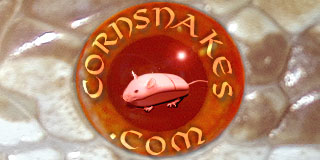DragonBoy
Crazy Cornsnake Breeder
I have been reading with interest all the recent posts on the bloodred gene and have found myself getting more confused as the discussions have progressed.
Velvet recently hatched some bloodred ghosts which don't look red at all. I admit when it comes to genetics I confuse easily...so is there some way of explaining in terms I can understand?
Thanks
Velvet recently hatched some bloodred ghosts which don't look red at all. I admit when it comes to genetics I confuse easily...so is there some way of explaining in terms I can understand?
Thanks

